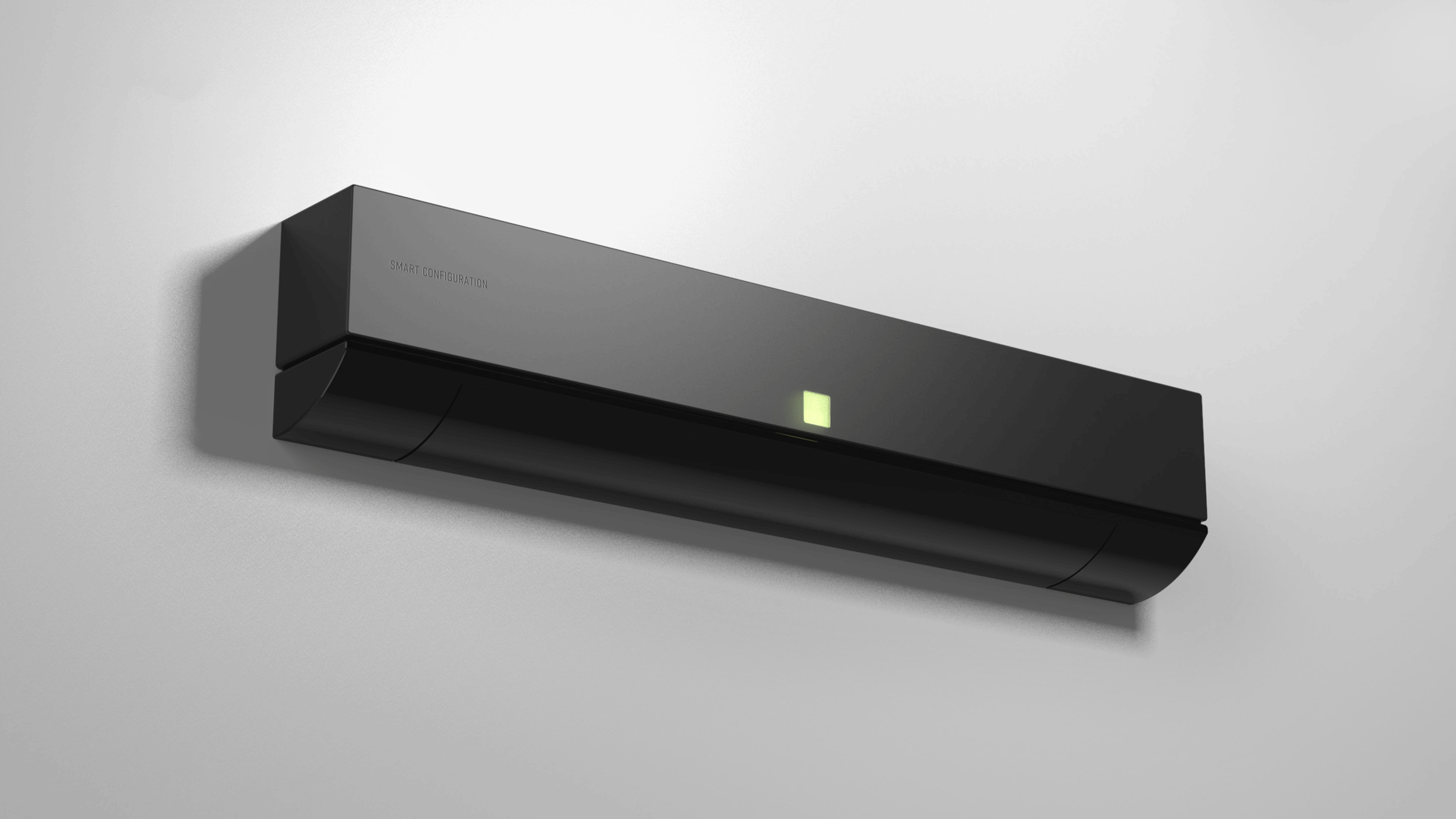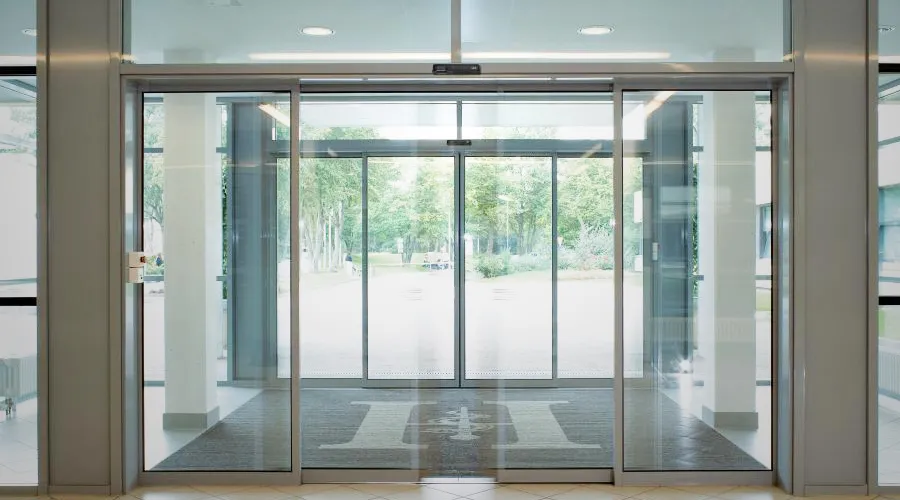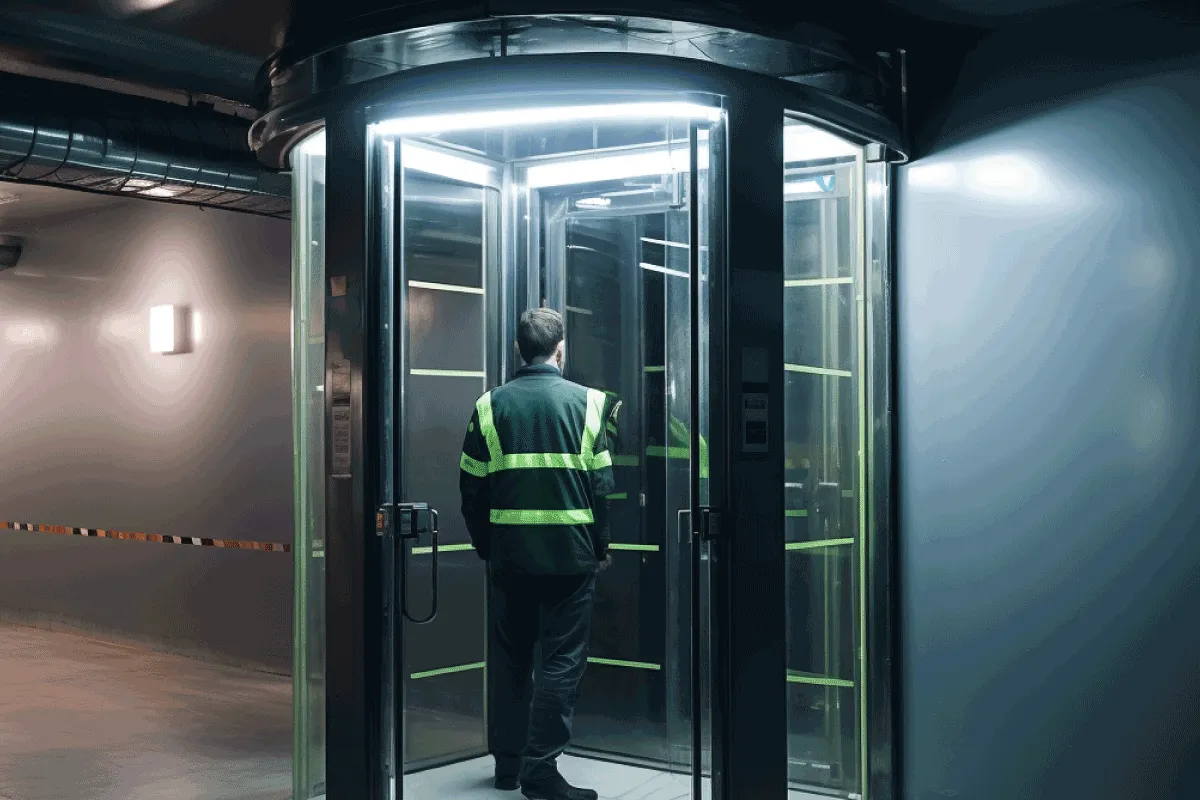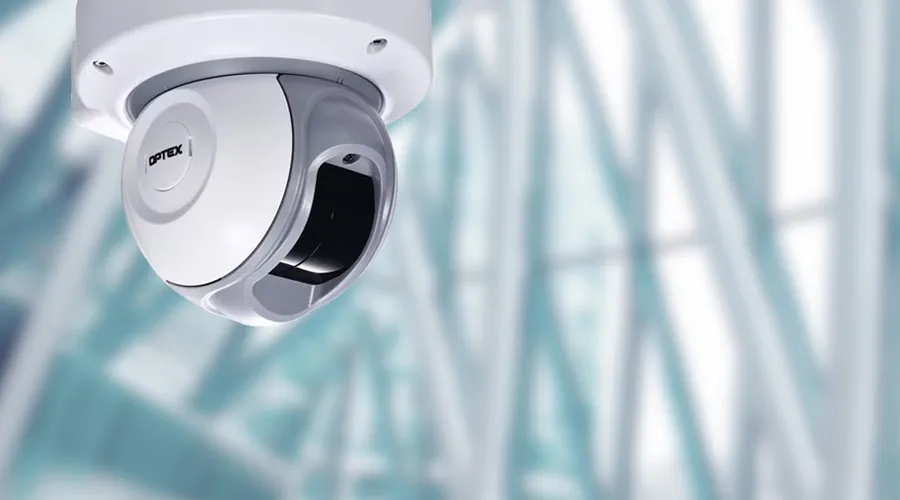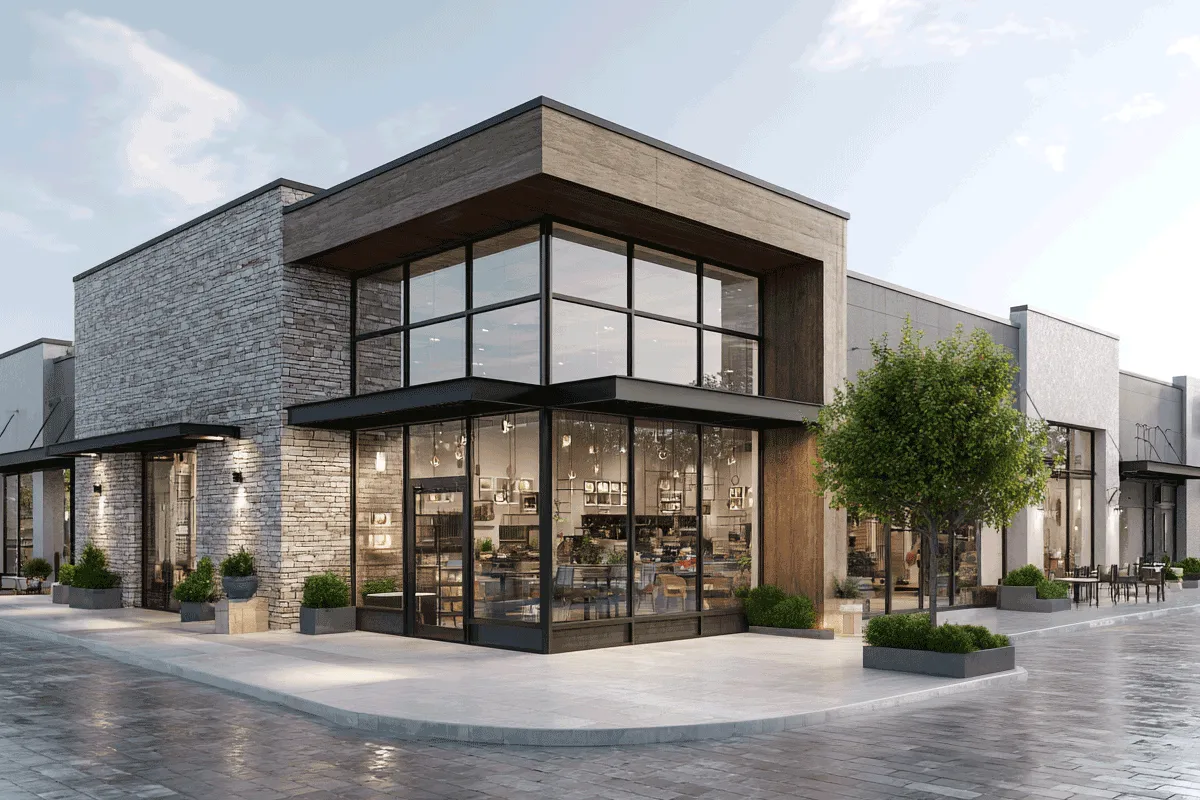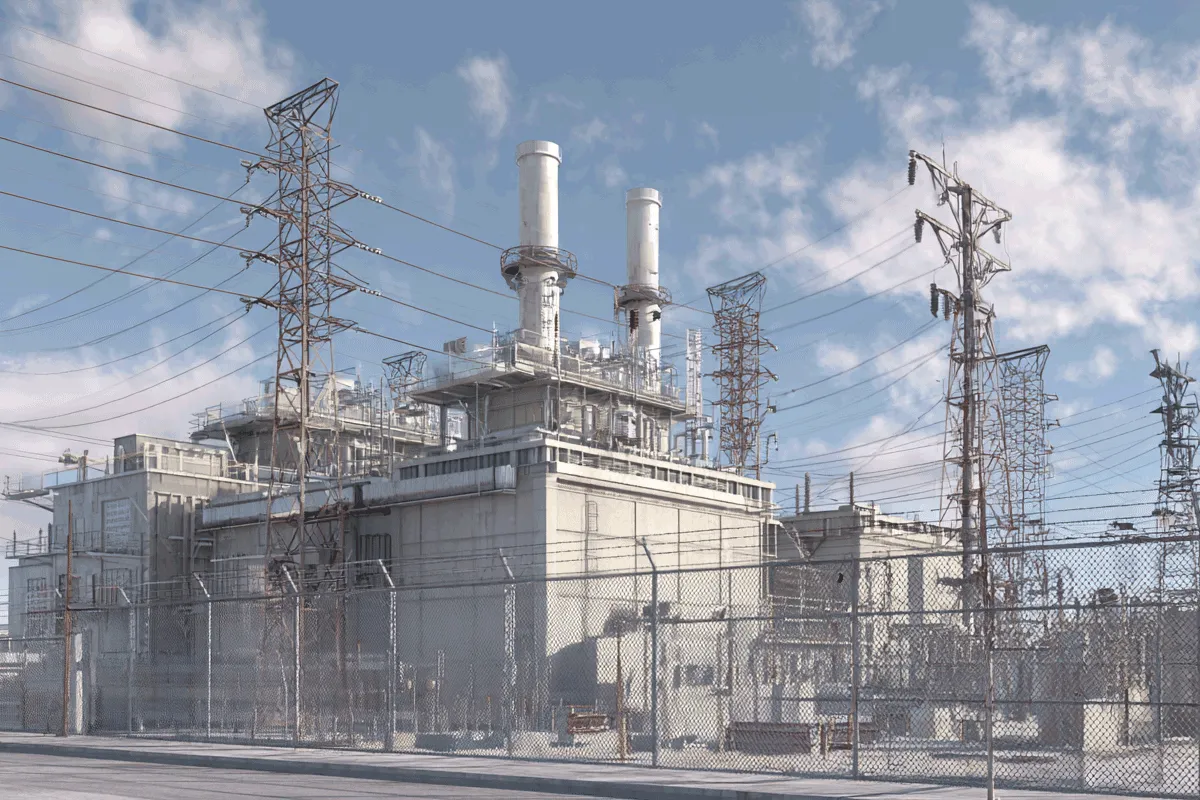Related Solutions
Related Product Series
Perimeter Security: Going Beyond the Fence
Traditional security systems trigger when someone touches the fence line. Yet why wait until the perimeter is about to be breached to respond? And what about monitoring what’s going on within restricted zones?
Recent innovations in security software allow security teams to redefine perimeter security by giving them the ability to look beyond the fence line, being more specific about what to monitor and how, and even linking perimeter security to identity management, so that boundaries change along with job titles.
Consider your Critical Perimeter Areas
You may have gates and fences, but how do you protect roof areas, sides of buildings, or high-end assets? The latest security technology uses laser sensors to create a kind of cage around a secure zone that can trigger an alarm if unauthorized people approach. The protected area could be as small as a painting on the wall or as large as a big-box store.
Early identification of potential threats gives security teams time to prepare a response and take necessary action. For example, by proactively defining a buffer zone around sensitive areas, your security team can monitor the movement of people and vehicles and watch for potential intrusions before they ever reach the fence line.
Create Perimeters within the Perimeter
Within a secured area, some areas merit closer monitoring, whether for security or operational reasons. For example, in the event of an evacuation due to a gas leak or another safety concern, it would be helpful to quickly check the zones of greatest concern to ensure everyone gets out safely.
Or, if you are a manufacturer, you might have a high-risk area within your factory that workers should avoid. Creating a perimeter around this zone can be helpful to ensure a warning is triggered if workers accidentally cross into the dangerous area.
Identity is the Ultimate Perimeter
Knowing that something has breached or is about to breach a secure perimeter doesn’t tell you whether there is a real threat — or how serious it is if so. Are sensors detecting a cat, a person, or a car? By classifying threats visually, identifying the exact location of the threat, and pulling in relevant data from your systems, your team can identify if the intrusion is worth worrying about.
For example, automatic license plate readers can scan unauthorized vehicles to help identify the threat level of an intruder. If the plate matches to the plate of a car involved in a previous theft, security teams would know to alert police and respond more cautiously.
Physical Identity and Access Management Systems (PIAMS) add another layer of sophistication by connecting access control to other business systems, such as human resources directories. This interconnectivity allows companies to automatically assign or remove the ability for personnel to access restricted areas based on corporate policies. As employees change roles within the organization or leave it, their access to sensitive areas is simultaneously adjusted to reflect the changes entered in the HR directory or other linked business systems.
Unification is the Key
When security needs are complex, many different systems are needed. A unified physical security platform helps connect the dots between the data you get from heatmaps, sensors, cameras, access control, and other systems, giving you the situational awareness to keep your critical infrastructure and people safe. With a unified approach, you get a seamless view of what’s happening near your perimeter, at your perimeter boundaries, and within your restricted areas.
You may be interested in


Protecting Medical Marijuana Facilities with OPTEX REDSCAN Advanced LiDAR Detection
Medical marijuana greenhouses and production sites are high-value targets requiring protection that goes beyond traditional surveillance. Intrusion detection must be accurate, intelligent, and adaptable to both indoor and outdoor environments.


